Printing Terminology: What is a Substrate?
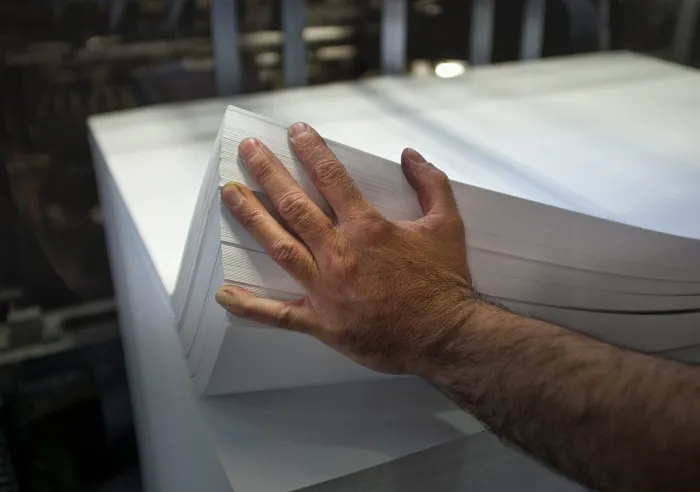
estimated reading time: 5 minutes
What is a Substrate in Printing?
In general terms, a substrate is the base material on which
another material is applied. Hence, in the realm of printing, the Substrate
refers to the paper, cardstock, or other printable material to which ink, clear
top coats, embossed designs, or similar enhancements are applied.
Commercial printers use a wide variety of substrates. Which one
is chosen for a particular print job is largely determined by the functional
and aesthetical requirements of the project. That said, the most common
substrates used by commercial printers are as follows…
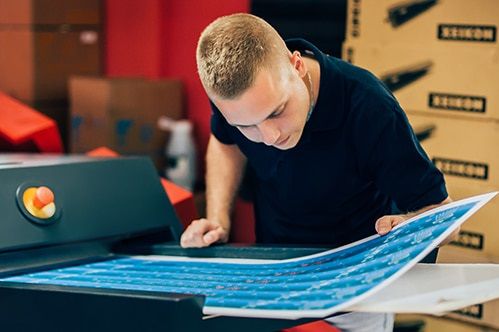
Traditional Paper -
Made from wood pulp, Traditional Paper is far and away the most
common substrate used in commercial printing. In addition to being very
economical, traditional paper is available in many different weights, textures, and
finishes. This explains why it is often the first choice for many types of print
projects.
While being manufactured at the mill, paper can be coated or
it can be left uncoated. Coated stocks have a thin layer of clay, polymers, and
pigments applied to one or both sides. The coating adds a variety of characteristics
to the paper, including diverse levels of opacity, smoothness, and sheen. Because
coated paper yields sharper images, it is a popular choice for full color
printing, such as flyers, brochures, and catalogs.
Uncoated paper does not receive any coating during the
manufacturing process. As such, it maintains its natural rough texture.
Uncoated paper is also more absorbent than coated paper, which results in softer
images. Also, because no surface treatment is applied, uncoated paper has virtually
no sheen. Print projects that commonly call for uncoated paper include letterhead,
envelopes, worksheets, instruction sheets, and the pages of books.

Cardstock -
Cardstock has the same attributes as traditional paper outlined
above, except it is thicker and stiffer. Thus, cardstock provides durability to printed
items. This is an important feature for pieces that will be handled frequently.
Being thicker, cardstock also provides a noticeable heft and
professional feel to print materials. This enhances the perception of quality
and helps to make a positive impression, which is especially important for printing
that is used for promotional purposes.
Cardstock is a popular option for business cards, presentation
folders, and invitations. It is also the preferred choice for postcards, table
tents, rack cards, door hangers, bookmarks, and the covers of softbound books.
Labelstock -
As its name indicates, Labelstock is the substrate used to
produce labels. Whether manufactured on rolls or as sheets, labelstock is made in
various configurations to accommodate different printing methods and
application processes.
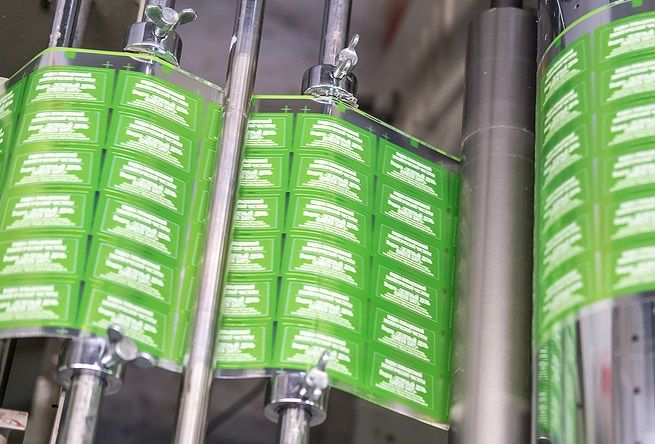
Labelstock has three main components: a facestock, an adhesive, and a liner.
The facestock is the part of the label that is printed upon. It is
commonly made of paper but can also be a plastic film, such as polyester, polypropylene,
or polyethylene. Some labels even have a facestock made of metallic foil.
The adhesive layer enables the facestock to adhere to the
surface of whatever is being labeled. Label adhesives are generally made of rubber,
acrylic, or silicone compounds. Depending on its formulation, the adhesive can affix
the label permanently or it can allow the label to be removed or repositioned.
The liner refers to the backing material that secures the
label until it is ready to be applied. It is typically constructed of treated paper
or a plastic film and is designed to easily release from the adhesive when the
label is peeled away.
NCR Paper -
NCR Paper was invented by the National Cash Register company
in 1953. It is a special type of paper used for making duplicate copies of a
document without the need for carbon paper. NCR paper is primarily used to
create multi-part forms.
NCR paper has a layer of chemicals applied to one or both
sides. The chemicals are activated by direct pressure, such as what occurs when
writing with a pen, or using a typewriter or impact printer. When the topmost
sheet is written upon, or struck by a typewriter key or printer head, the
markings are transferred to the underlying sheets.
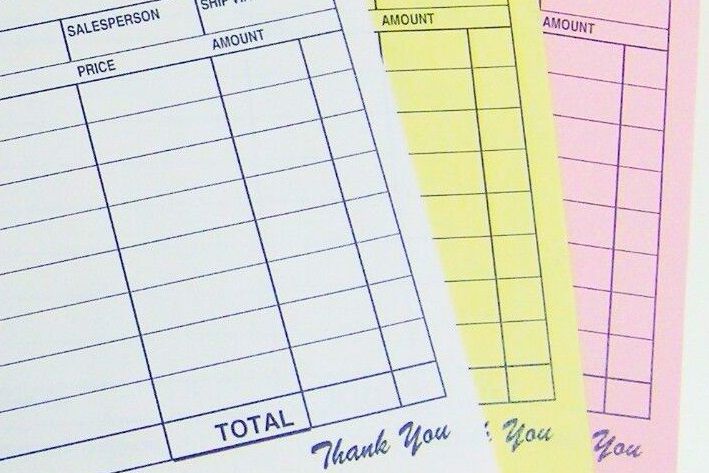
This happens because a firm impression causes the microcapsules
of ink, which are contained in the coating on the underside of the top sheet,
to break. Thereby releasing the ink and causing it to react with a clay coating
on the face of the next sheet. This creates a duplicate of the original. This
process can be repeated for multiple copies, with each additional sheet in the
stack receiving a copy of the original writing.
NCR paper is often quite thin. This aids the transfer of information
from one ply to the next. However, the last ply in a stack of forms is often thicker
than each ply before it. This last ply acts as a backer sheet and adds some
rigidity to the joined set of forms, making the set easier to handle as a unit.
NCR paper is popular for a wide range of multi-part documents
and forms. This includes invoices, proposals, contracts, purchase orders,
delivery tickets, receipts, work orders, requisitions and any other type of form
that requires multiple copies to be made quickly and easily.
Synthetic Paper -
Whereas traditional paper is made from wood pulp, Synthetic Paper is a man-made substrate that is created from polymer-based resins. It has
the appearance and print characteristics of traditional paper. But since it is a
plastic-like material, it offers greater strength and durability.

Synthetic paper normally has a higher price tag than
traditional paper. However, unlike paper made from wood pulp, synthetic paper
is resistant to moisture, oily substances, and tearing. As such, these traits
make synthetic paper an excellent alternative to traditional paper for print
projects that will be subject to frequent handling or damp, greasy, and dirty
conditions.
This means synthetic paper is a particularly good choice for
restaurant menus and placemats. It is also ideal for any printing that will be used
outdoors, such as maps or field guides.
Color Vision Printing is always ready to help!
There are numerous types of print substrates available. Because
choosing the right one plays a major role in the success of your printing
project, Color Vision is always happy to help you select the best type of
paper for your specific needs.
Just give us a call at 800-543-6299 to discuss
your print project. Or, send us your project's specifications via our
simple Quote Request form and we will email a quote to you.
As a full-service printer, we look forward to
assisting with any printing need you may have!
Related Articles
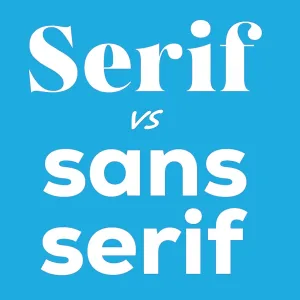
Serif vs Sans Serif Fonts: Which to use for a Print Project?
Read This Article

Raster vs Vector Images: The Key Differences Explained
Read This Article

Custom Book Printing: What is Wire-O Binding?
Read This Article
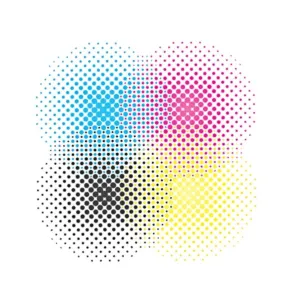
Commercial Printing: What does “Halftone” mean?
Read This Article